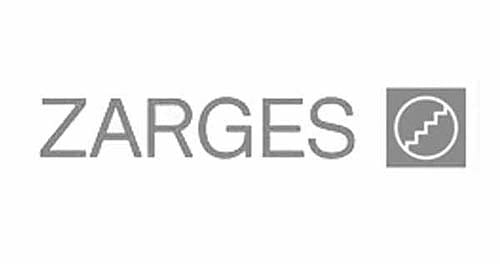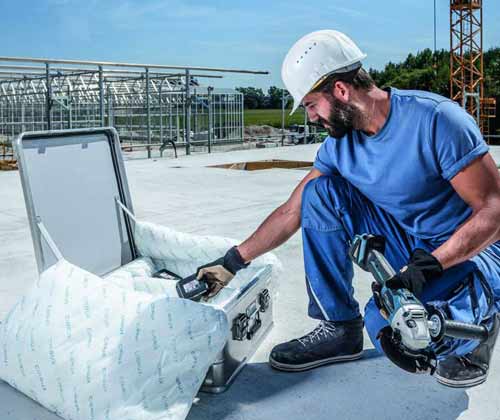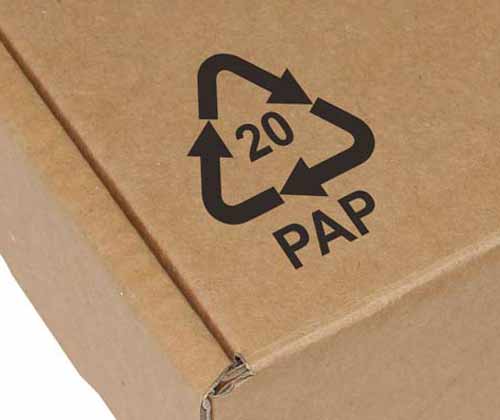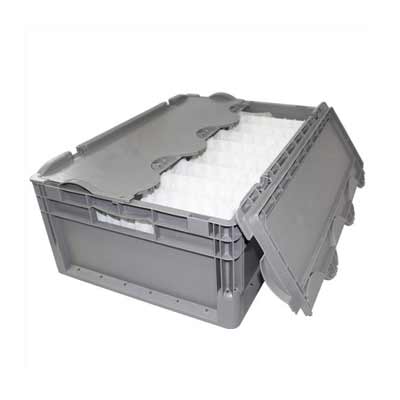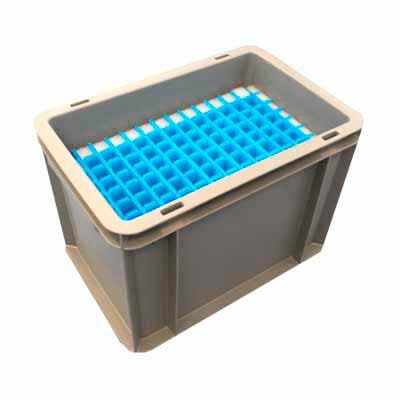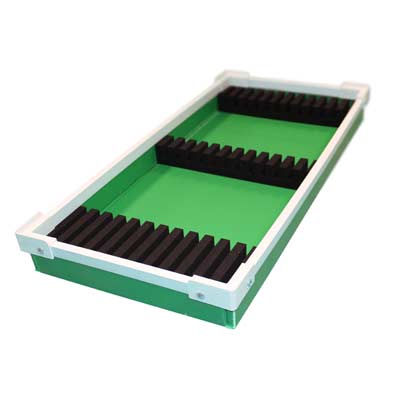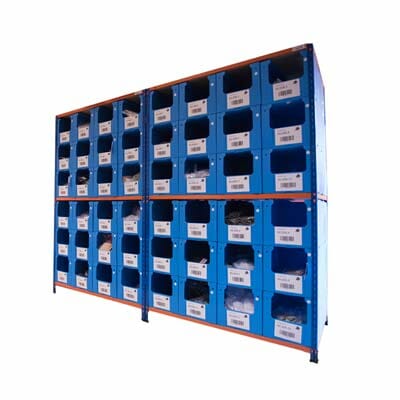How to Choose the Best Tote Container
What returnable packaging container suits your industry, parts, products or application
Whether you are looking at your in plant and line side handling totes, or your reusable supply chain packaging as a whole, it is vital to know the critical role it plays in protecting your components, parts and finished products.
And whether you are using – or thinking of using – moulded plastic containers, Correx® boxes, metal / wire totes or traditional cardboard packaging, you need to know if your chosen solution is the best option for your specific application and requirements.
This is, of course, before taking account of your supply chain and manufacturing efficiency, ongoing costs and your business’ environmental responsibility.
Added to this is the fact that packaging of all forms (including returnable systems) are given to extreme scrutiny due to the perceived environmental impacts.
The single trip nature of the majority of consumer packaging can often cloud perceptions of whether returnable packaging is the best solution for specific applications and industries too.
So whilst there are many examples of returnable packaging systems offering significant economical and environmental advantages over single trip solutions, this is not always the case.
As such, this guide aims to highlight the strengths and weaknesses of each form of commonly used supply chain packaging (please note this includes the use of in-plant and line side systems that may be part of a larger system), enabling you to ascertain the best option for your specific needs.
Quick Reference / Contents
01: Considerations
Considerations before deciding on what type of totes to use
It can be both surprising and daunting when you begin to take in all of the considerations that will allow you to decide on a suitable handling or multi trip tote.
The first stage is usually to ascertain whether single trip or reusable packaging is best for your business.
Once you have an idea of this, you can begin to think about your inventory, plus the types of product or components that are used in your manufacturing processes and wider supply chain.
Some factors are pretty obvious such as the size, weights and fragility of the items to be transported, but other elements such as production volumes, cycle times and distances of travel should also be factored in.

It is also important to consider the environment(s) where your containers and packaging will be used. Will they be exposed to the elements whilst being loaded onto lorries taking components between different points in your supply chain? Is your manufacturing line dusty or prone to static charges?
How the totes will be handled (and by who) is another point to bear in mind, whilst health and safety as well as productivity such be taken into account.
All of this (and more dependent on your industry) should be factored into your plans.
02: Options
The types of returnable packaging available
Whilst the use of single trip corrugated cardboard packaging is still prevalent throughout a wide number of successful supply chains and in plant processes, this guide intends to focus specifically on totes and containers that are genuinely returnable.
This rules out corrugated as well as wooden crates etc., even though these types of boxes/ packs may be used multiple times in certain situations (what is known as opportunistic re-use).
Therefore, the commonly used types of reusable container or tote are as follows
- Moulded / rigid plastics
- Corrugated plastic (Correx®)
- Wire cages
- Solid metal (steel / aluminium)
Please continue reading for further details on the specific types of reusable container available, along with their specific advantages and applications.
03: Moulded Plastic Containers
Durable, long lasting plastic containers
Moulded plastic totes, boxes and containers are arguably the most widely used and available form of returnable packaging available today.
Made from a range of materials including ABS, Acrylic, Polypropylene and even PVC, they are available in a huge range of sizes that are compatible with industry standard racking, conveyors, pallets and so on.
The nature of the material means they are durable, long lasting and offer a good level of protection to the items within. They are also robust enough to be used for heavy duty applications, are easy to clean, and resistant to moisture and most chemicals
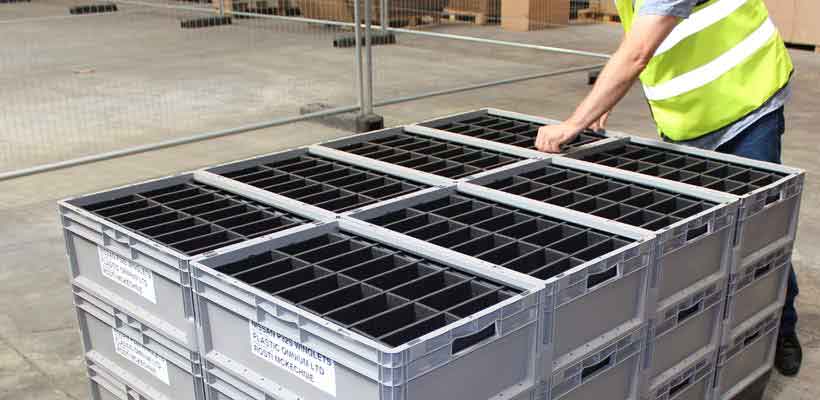
Plus, whilst cheaper than metal options, they are more costly to purchase up front than Correx® or single trip corrugated, but their lifespan ensures they offer a competitive lifetime cost.
They are also available with a wide range of accessories such as lids, handles, different colours, label areas, wheels and separate divider sets.
The durability and construction of moulded totes however means that they are relatively heavy, which can make handling larger totes awkward (particularly when fully loaded). This can potentially be a health and safety concern if correct procedures are not followed.
Besides this, the majority of totes, whilst offering space savings through being stackable, also take up a lot of space when not in use as it is not possible to collapse them flat.
This can have an impact if there is a requirement for transporting or storing empty containers as part of your supply chain or line side processes.

Similarly, due to the totes being an off the shelf item, there may be occasions where you need to select the closest size container for your application. This usually means selecting “the next size up”.
The problem with this – when compared with custom sized Correx® totes for example – is that you are handling or shipping empty space within each tote you use. This hinders efficiency and productivity, as well as increasing volumetric shipping costs.
However, moulded plastic totes are a good all round option for the majority of in plant handling applications, as well as being suitable for large returnable packaging systems.
Moulded plastic totes summary
- Durable, long lasting and good protection for contents
- Reasonably expensive, but good lifetime costs
- Wide range of options
- Relatively heavy
- Can’t be stored flat when not in use
- Limited sizes may not be suitable for all applications
04: Correx® Totes and Boxes
Combining flexibility and performance
Whilst perhaps not as widespread in use as moulded plastic totes, Correx® containers are fast growing in popularity – and for good reason.
Correx® is a fluted plastic material (many refer to this as plastic cardboard). It can be fabricated to create a wide range of packaging and handling products that are tailored to specific requirements.
This versatility and ability to create custom solutions, is perhaps its biggest strength.
It means that the strength and durability can be modified to suit the intended use. The performance can be engineered to virtually match the strength of moulded totes if required, but for lightweight applications less material can be used to significantly reduce the costs.
The fact that custom sizes can also be specified also means that the handling and shipping of empty space is eliminated, making transport more efficient and staff more productive. A Correx® tote is generally lighter than moulded plastic totes too.

All of this can have a surprising impact on your overall costs.
Another point to consider is that the totes can be designed to fold flat when not use, making them ideal for “empty” return journeys or if they may be frequently placed in storage (e.g. due to fluctuating demand).
All of these points, when combined with longevity, ability to be easily cleaned and ongoing durability offered, make Correx® totes the most cost effective long term option when looking at material handling or multi trip totes / containers.
They even offer the other benefits of moulded totes – in terms of available colours, external printing, handles, lids, dividers and so on.
Arguably their only negative point is that they may not be suitable for extremely heavy duty applications, or if the size of the tote needs to be particularly large.
Otherwise, Correx® totes are fast becoming the choice of major manufacturers for their in plant and supply chain applications.
Correx® totes summary
- Custom sizes / designs / options
- Collapsible for easy storage
- Protection (moisture, chemicals, dust etc.)
- Lightweight for ease of handling
- Best overall lifetime cost
- Ongoing durability and lifespan
- Not suitable for extremely heavy duty applications
05: Wire Mesh Cages / Containers
In plant and line-side solution
Whilst not so commonly used in transit applications between sites, wire or mesh containers are often used for in plant and line side applications.
Manufactured from a galvanised and welded metal (steel being common), they are rust resistant, durable, offer good longevity and can be used for storage work in progress operations.
The key advantages that using wire cages offers are visibility, lightweight, ventilation and good longevity.
The nature of mesh makes it easy to see items in the container at a glance, enabling quick visual stock checks as well as highlighting when a part or component is likely to run out.
The structure also makes the containers relatively light in weight (good for handling), and allows for ventilation and dissipation of heat. This can be useful for storage of parts that may need to cool down, preventing build-up of heat within the container and the potential for condensation which could cause damage.
Finally, and depending on the design, it is often possible to collapse the totes when not in use to minimise storage.
The construction of the wire containers that provides its advantages above also allows for its greatest weakness – a lack of protection for the contents.
Dust, moisture and other debris can easily enter the cages and settle on the items stored within. Whilst this may not be a particular issue when used on the side of production lines, it makes them less suitable for journeys between manufacturing sites.
Besides this, they are still usually heavier than Correx® or moulded plastic equivalents, and heavier making them more difficult to handle.
They also incur a higher significantly higher cost that plastic totes (which is why they tend to be used for very specific applications).
Wire mesh container summary
- Visibility of stock
- Ventilation and heat dissipation
- Durable and long lasting
- Lack of protection
- Not suitable for transit (in plant only)
- Reasonably heavy
- Expensive initial costs (reasonable when spread over lifetime)
- Limited sizes
06: Metal Containers
Metal handling totes / aluminium bins
The most durable option on this list, metal containers (such as steel or aluminium bins) tend to be reserved for use in the heaviest of applications.
Saying that, there are different options within this category. Aluminium bins for example are relatively lightweight, and are immune to rust and corrosion. They are easily dented however.
Steel containers on the other hand are heavy and very expensive, but exceptionally strong and durable. Whilst often used as shipping containers, their weight makes them less suitable for returnable packaging setups due their weight (and the additional shipping costs this would incur).

The weight also makes them difficult to handle (if used in-plant this tends to be with fully automated systems), and they can begin to look quite scruffy after multiple journeys (although they can of course be refurbished – at extra cost).
Talking of cost, this form of container is by far the most expensive to purchase, and even when set against the expected lifespan, they are very costly.
The main reason they are used then?
Well, if you are producing extremely heavy or large parts, then metal containers and bins could be a suitable option.
Metal bins / containers summary
- Most hardwearing / rugged option
- Excellent Lifespan
- Very Expensive
- Denting / corrosion
- Extremely heavy
- Scruffy appearance after multiple trips
07: Making a Decision
So which to choose?
There are certain scenarios where this is relatively straightforward.
If you are producing extremely heavy and / or large parts, then metal totes may be your best option.
If you need to store parts whilst they are cooling, or constant visual checking of stock is important, then metal cages and mesh containers could prove a useful choice.
However, in the vast majority of instances, a plastic tote of some description would be your best choice.

Moulded plastic totes are more costly, and take up more storage space when not in use, but do offer excellent lifetime costs and can cope with a surprising amount of weight.
However, Correx® totes offer better cost / performance ratio than moulded totes, can be specified to any size (improving efficiency) and are equally useful in line side applications as they are in a wider supply chain.
If you feel you still need some advice on the best type of tote for your specific application or industry, then please do not hesitate to contact a member of the GWP team who will be happy to offer free, impartial advice.
In Summary
Choosing the right returnable packaging container
If you are still unsure of the best returnable packaging container option for your business or application, a member of our team will be happy to offer free, impartial advice. Please get in touch using the details below.
Further Reading...
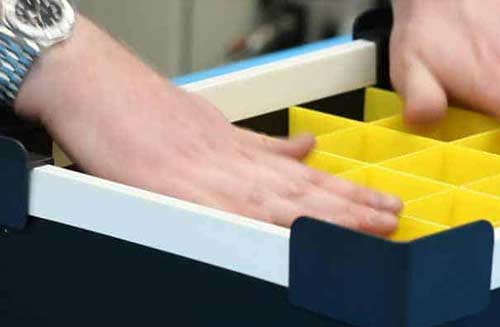
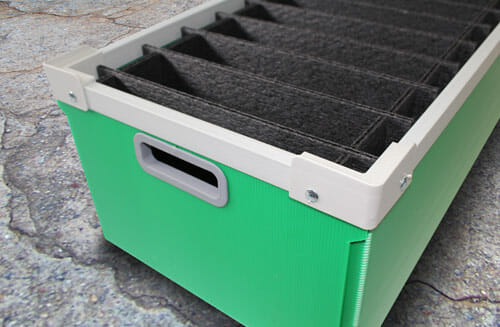
About the Author

Ian heads up GWP Correx®, having outstanding knowledge and understanding of supply chain, reusable packaging & handling products [Read full bio…]
Featured Products
View the products in this guide...
Get in Touch...
We're here to help!
Related Guides
Free PDF Download

21 Point Checklist for Successfully Sourcing Totes
Get your free guide detailing the 21 crucial points to consider when sourcing handling and / or supply chain totes.

01793 754 444
Mon – Fri 08.00 – 17.00

info@gwp.co.uk
Email a packaging expert







